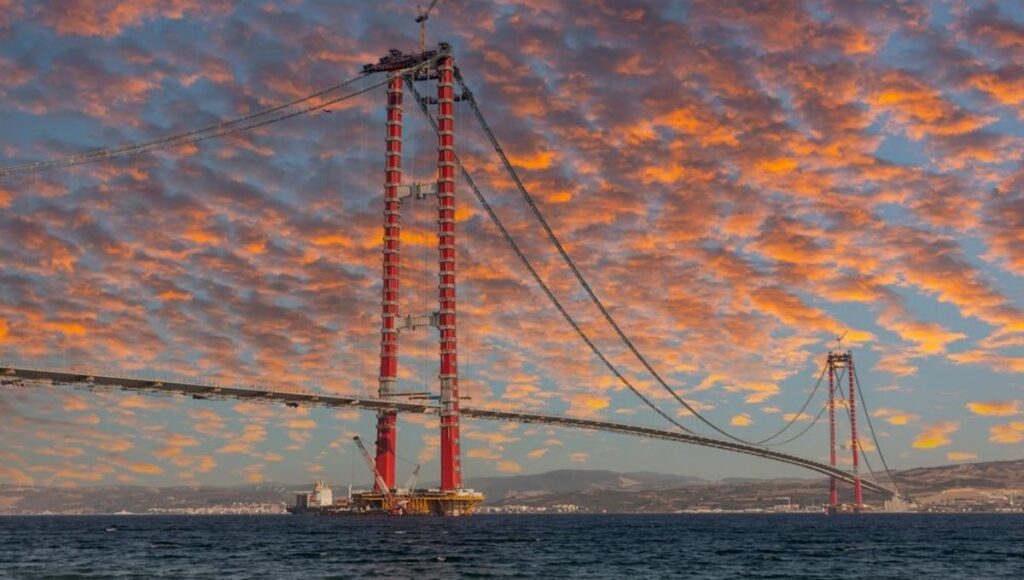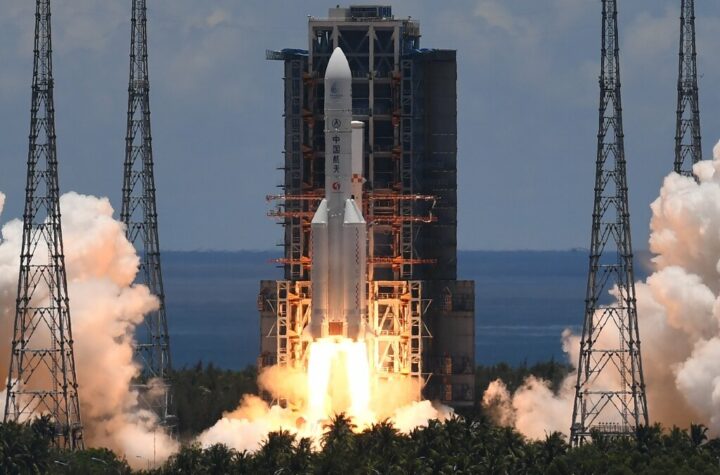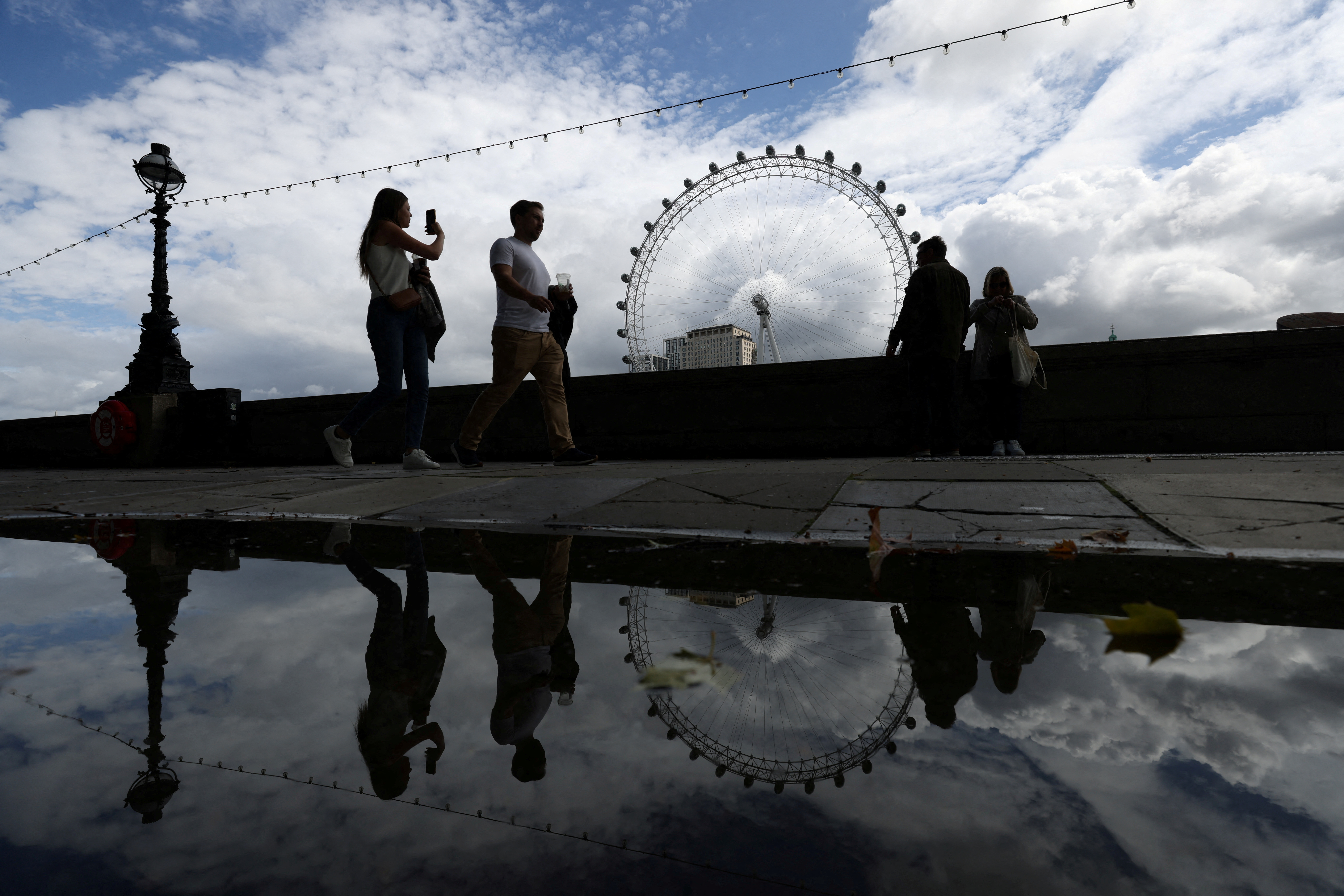
The 1915 Çanakkale Bridge, the world’s longest suspension bridge, spans the Dardanelles Strait, connecting the Aegean and Sea of Marmara in Turkey.
The bridge connects Europe to Asia, eliminating the need for an hour and a half ferry ride.

The bridge took approximately five years to complete and was built by Turkish and South Korean enterprises.
It connects Gelibolu on Turkey’s European side to the town of Lapseki in the country’s Asian section.
It cost a hefty $2.7 billion but has decreased travel time to an astonishing six minutes.
“Turkey has overtaken Japan, which has the world’s longest bridge in terms of midspan, and has taken first place,” remarked President Erdogan during the inauguration event.
Meanwhile, South Korean Prime Minister Kim Boo-kyum stated, “The 1915 Canakkale Bridge will leave this history of collision and conflict behind and become a bridge between East and West, ushering in a new era of peace and prosperity.”
The bridge holds significant symbolism, highlighting its importance. As an illustration, the impressive size of 2,023 metres pays tribute to the significant year 2023, which marked the centenary of the founding of the Turkish Republic.
Meanwhile, the towers of the bridge stand at a height of 318 metres, serving as a poignant reminder of the date, March 18, when Turkey pays tribute to the soldiers who lost their lives during the Gallipoli campaign.
Curious about the absence of bridges in certain parts of the world? Well, specialists have been sharing their insights on the matter.

Unlike certain calm waterways where a handful of large rocks can serve as stepping stones, the Amazon river is a formidable challenge that requires assistance to navigate.
The width of the Amazon varies from two to six miles in different areas, and can expand to as much as 30 miles during periods of heavy rainfall.
In an interview with Live Science, Walter Kaufmann, the chair of Structural Engineering (Concrete Structures and Bridge Design) at the Swiss Federal Institute of Technology (ETH) Zurich, provided a straightforward explanation: “The construction of a bridge across the Amazon is not deemed necessary at this time.”
Although the river stretches for quite a distance, the surrounding areas have a low population density, resulting in a limited number of major roads available for a bridge to connect to.





More Stories
Queensland: MP Claims she was Drugged and Sexually Abused
Sadiq Khan Secures a Historic third term as Mayor of London
China Launches a Moon Mission as the US and China Ratchet up their Space Rivalry